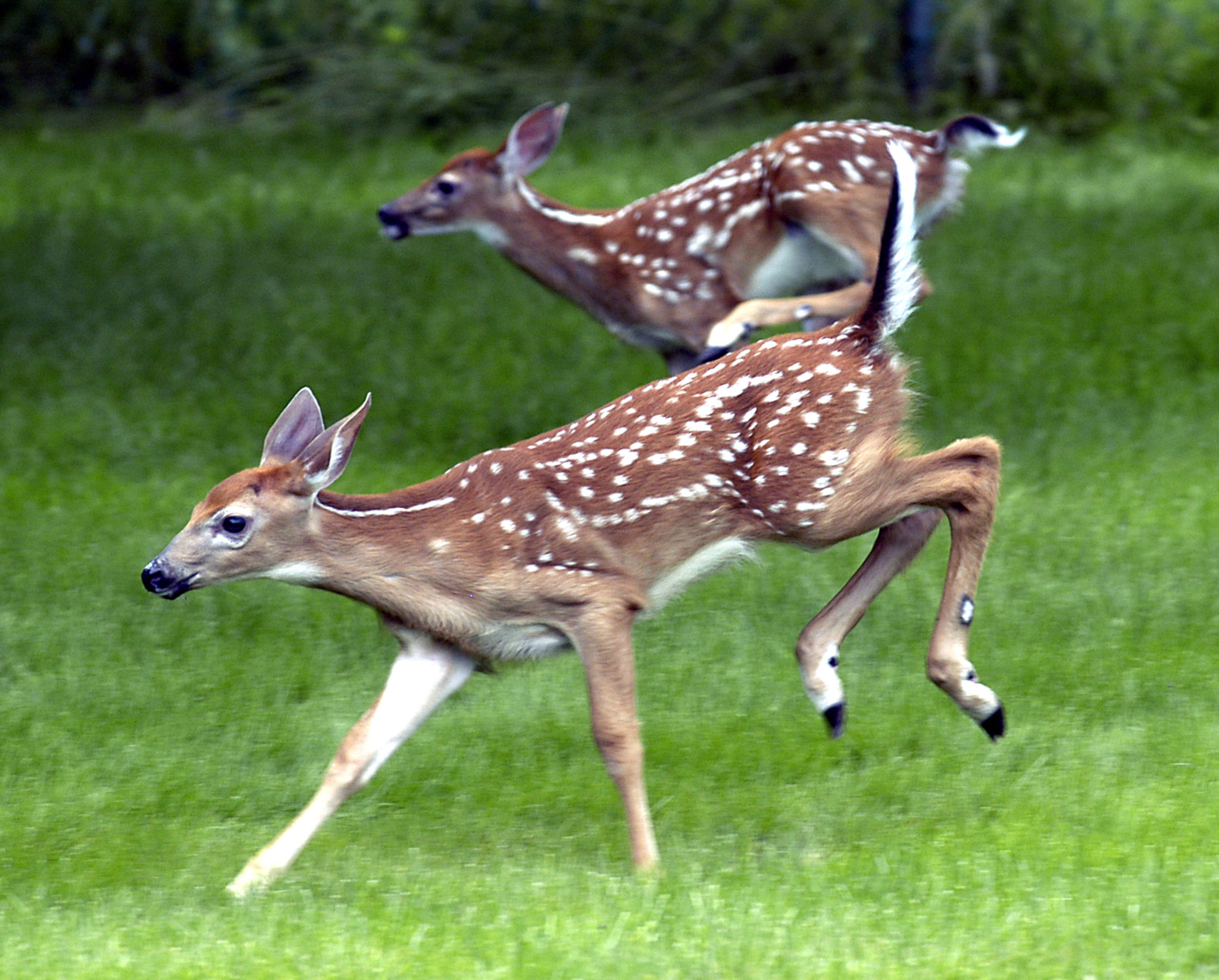How to protect your yard against unwanted critters
Perhaps your home is free of unwanted critters, including rats, mice, squirrels

Maynard Stanley, Jr., who runs the Critter Catcher wildlife control business in Owls Head, Maine, has a lot of ideas for ways that you can keep wild animals at bay on your property. He also has good reasons why you should want to do so.
“People come here and buy a farm in the country. They want to raise free-range chickens and free-range ducks, and something comes and kills some of the chickens,” he said. “Immediately they want me to come up there and trap and kill everything. I don’t do that. I tell people that if your animals are free range, they’re outside and are part of the food chain. That’s all there is to it. If you’re providing these unfettered opportunities for wildlife, like fisher and fox and raccoon, well, they love your chickens.”
Instead of trying to kill all the unwanted critters that come onto your property, he has a better way. Let them know this territory belongs to the humans who live there in a way they can understand.
“Some people see animals and they feed them. Other people see them and close the door, because they’re scared of them,” he said. “I tell them that animals are real simple creatures. This is their territory. You’ve got to claim the area.”
To do that, Stanley suggests taking dramatic action to frighten the raccoons, woodchucks, opossum, fox and other wild animals you do not want on your property. He tells his clients that they need to establish a relationship with the wildlife in which the humans are the dominant species.
“You don’t have to kill them,” he said.
But you want them to think you could. To do that, he suggests you fill a bucket with 2-foot-long sticks that are a little bit bigger around than a broomstick.
“When you see the fox out there in your yard, you go out there, with an air horn or whistle. Be prepared,” he said. “Take those sticks and throw it at them. It’ll bounce and jump. And blow the whistle. That fox has got to fear for his life. If he doesn’t, he’s going to keep coming back.”
Along those same lines, he encourages homeowners to take a can of tomato soup, cut a slot in it, wash it out and slide 20 or so metal washers through the slot. When you see a fox or a raccoon or other
“Plaster them with sticks,” he said with relish. “They don’t want to get hurt. They know you’re bigger, but if you’re not defending your property they’re going to take it over. They’re going to claim it for theirs, and they’re going to eat your chickens.”
Educating people to coexist with animals is an important part of what Stanley does.
“It’s not always trapping or killing something,” he said.
